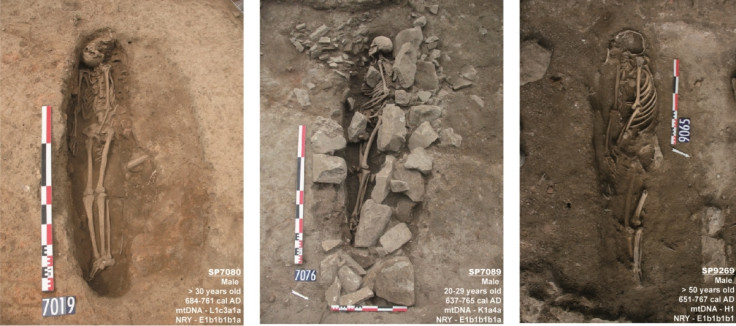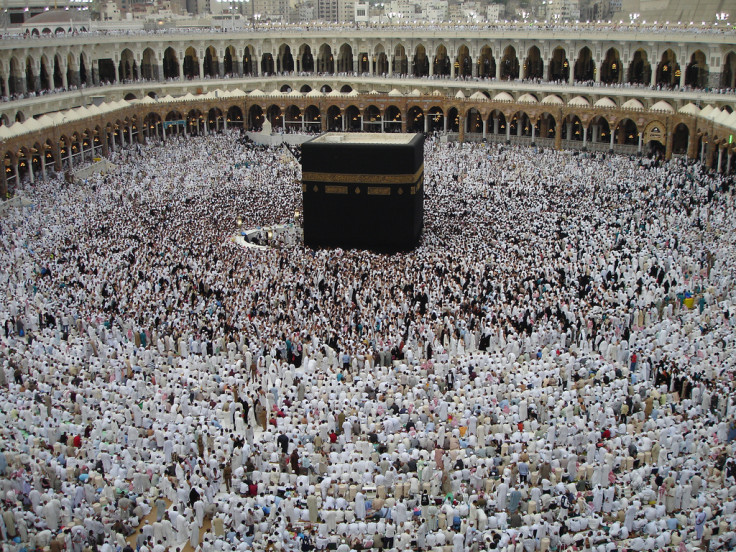Earliest 7th century Muslim graves discovered in south of France

Archaeologists believe they have discovered the first evidence of Muslim communities in the south of France, as skeleton remains from the seventh century show similar characteristic to Islamic burial practices. The three skeletons were found to be facing Mecca, have paternal lineage to North Africa, and have been dated to the same period that it is believed Muslim presence was first identified in the region.
Research published in PLOS ONE, focusses on a medieval burial site in Nimes, south of France, showing three individuals that the scientists believe were part of the Berbers – a North African ethnic group. If so, this will be the earliest indication of Muslim establishment, almost 600 years earlier than the previously known communities.

History surrounding the migration of Muslim communities in and around the sixth and seventh centuries is detailed for most of Europe, especially around the Mediterranean. However, up until now, the amount of research extending further north from the Pyrenees is limited.
"Using a multidisciplinary approach that combines history, archaeology, anthropology and palaeogenomics, we discuss the first early medieval Muslim graves discovered in an area north of the Pyrenees," the researchers write. "These results clearly highlight the complexity of the relationship between communities during this period, far from the cliché depiction still found in some history books."
Investigating Nimes
The researchers began excavating the burial sites in 2006, and identified 20 individual graves in the medieval town of Nimes. They immediately noticed differences with three of these individuals, who seemed to be lying on their side, all pointing one particular direction.

DNA analysis of these individuals determined their sex and age – all male and all older than 20 years old. The DNA itself was obtained by extracting teeth of the individuals, and grounding them into a fine powder.
The DNA showed strong links to North Africa, most likely south-west Morocco, or Western Sahara. Carbon dating of the bones also showed that the remains had been buried between the seventh and ninth century's – the same time that literature suggests Berber's began to be documented in and around Nimes – north of Montpellier.
After that realisation, it did not take long for the researchers to realise that the skeletons were pointing south-east toward Mecca, Saudi Arabia.
"Because the data support a North African paternal ancestry of the three individuals from the graves, we believe that they were Berbers integrated into the Arab army during its rapid expansion through North Africa," the authors say. "We suggest that the graves discussed in this study can provide further insight into the nature of this Muslim presence."
© Copyright IBTimes 2025. All rights reserved.






















